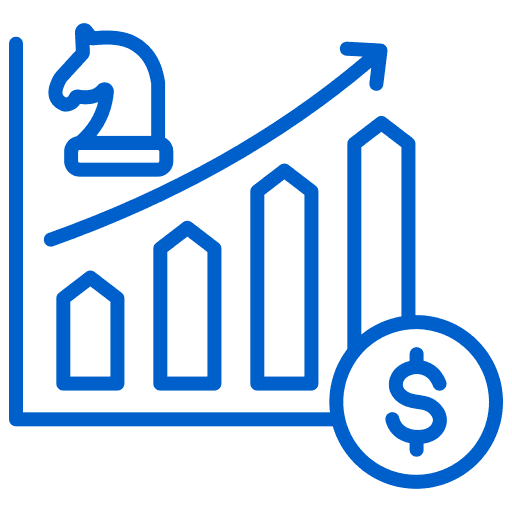How to choose the right super fund for you

If you're under 35
Because you have so much time on your hands, it's generally recommended you invest via a high growth investment option. Shares can be volatile in the short term, but continue to perform exceptionally well over the long term.

If you're 35–55
You still have 10–30 years before retirement, which is still plenty of time to stay invested in a high growth option. As you get closer to 50 you may have a lower risk tolerance and could consider gradually reducing your exposure to shares by switching to a balanced investment option.

If you're over 55
As you get closer to retirement it's generally advised to have a more balanced mix of investments. Your super will stay invested for many years even after you turn 55 so it's important to have some exposure to shares so your balance continues to grow, but you might not want all your balance invested in shares.
Remember, there's no set rule for how you should invest based on your age alone, these are just some general ideas to get you started.













On your comparison sheet and for the Bendigo Smartstart Super – Growth Index fund it tells me the last 1 year performance has been 8.74%, however, Bendigo in their performance reports for the 30 Nov 2023 is showing 4.84% (being for the period 1/12/2022 – 30/11/2023). I acknowledge that at the bottom of each comparison page you state the past performance data is for the period ending June 2023 ( presumably meaning 1/7/22 – 30/6/2023). Can you please explain the difference when the same Bendigo report for three years shows only 4.58%. https://www.bendigosuperannuation.com.au/globalassets/documents/bendigo-superannuation/reports/bendigo-smartstart-investment-performance-report.pdf
Hi B, We reached out to Bendigo with your question. They stated that the difference in reported returns is due to market volatility and strong performance at different times, which reflects a different amount in the 1 year performance from Nov 2023. Hope this clarifies it for you.
If i select a strategy that holds ETFs in my super fund, will I pay lower fees? Do you have any info on this?
Hi Frank,
This is a difficult question to answer as it depends on what kind of fee costs you’re comparing to. By holding ETFs within your super fund, you’re paying both the ETF management fee and the super fund’s fees.
This will probably cost you more in fees than an indexed super fund (typically a lower fee option).
But if you’re comparing holding ETFs in your super fund to, say, an actively managed fund it might be cheaper. Actively managed funds tend to have higher fees, and many studies have shown that passively managed index funds and ETFs typically perform better.
How does Brighter. super (prev. LGIA super) compare.
Hi Frank,
Thank you for getting in touch with Finder.
The information for Brighter Super is unavailable on this page as of this writing. We have a dedicated discussion on Brighter Super that will allow you to assess and review their features, performance, fees and more. You may also contact them for related inquiries at 1800 444 396.
I hope this helps.
Thank you, and have a wonderful day!
Cheers,
Anne
Hi, I am trying to do a comparison with super fund fees. I notice that the examples shown only give fees based on a $50,000 balance. Do the fees percentage reduce for higher balances, for example $500,000 and above ?
Thanks, Philip.
Hello Philip,
Yes, we only compare the fees for $50k balances at this stage, as this is the balance tier used by all funds in their PDS documents for easy comparison with others. Some funds do reduce their fee percentage for larger balances, and some do not. The $50k fee balance is to be used as a guide.
You can see an itemized breakdown of the fund’s fees by looking at their PDS documents. We plan to introduce this comparison functionality soon, to allow people to compare the fees on different balances.
Thanks,
Alison
Where does Equip rank with the other super funds?
Hi Phil,
Thank you for getting in touch with Finder.
As of this writing, we do not have a review page about Equip Super. In one of their blogs in 2016, they were ranked 2nd in Australia for super transparency. Some of the most well known industry super funds include, AustralianSuper, HESTA, Sunsuper and Hostplus.
I hope this helps.
Thank you and have a wonderful day!
Cheers,
Jeni